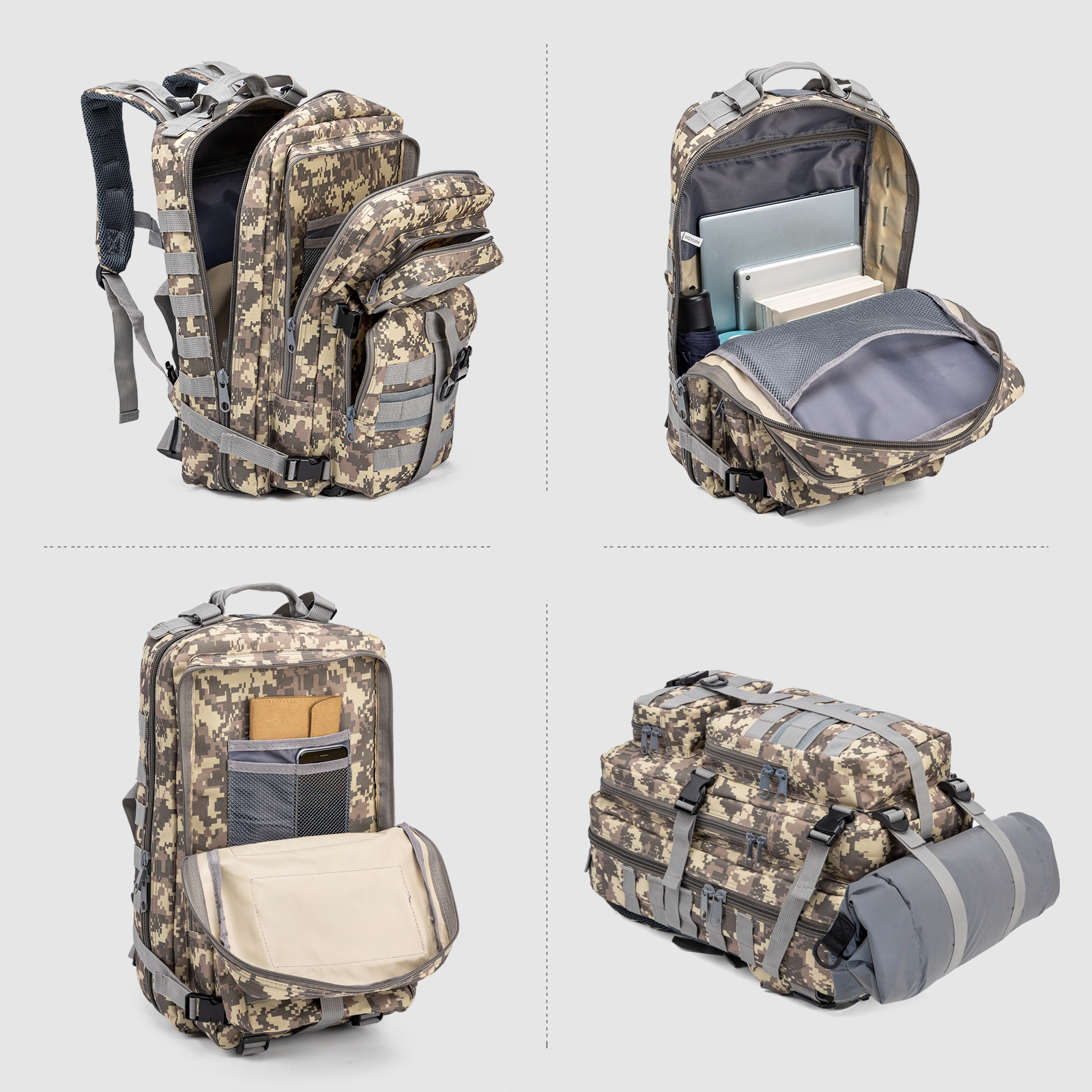Industry dynamics
Daypack vs. Backpack: Key Differences and When to Choose Each
For beginners in hiking or outdoor activities, the terms daypack and backpack can be confusing. While both are used to carry gear, there are key differences that make each suitable for different purposes.
What is a Daypack?
A daypack is a smaller, lighter version of a backpack, typically designed for short day hikes or urban activities. Daypacks usually have a carrying capacity between 15L and 35L, making them perfect for essentials like water, snacks, or a camera. They are often used for short trips, such as hiking, commuting, or casual outings.
Key Features of a Daypack:
- Size and Capacity: Usually between 15L and 35L, ideal for a day’s worth of essentials.
- Lightweight: Daypacks are designed for ease of use without the added weight.
- Affordable: Daypacks are generally cheaper than larger backpacks, starting from $40.
- Minimal Back Support: Most daypacks lack an internal frame and are meant for short durations of wear.
- Comfort Features: Look for small hip straps and sternum straps to keep the pack stable.
- Top-Loading Design: Daypacks typically have a top entry, making it easy to grab essentials.
- Material Variety: Daypacks can be made from canvas, leather, or synthetic materials, and may feature stylish designs for both urban and outdoor settings.
- Eco-friendly Options: Some daypacks are made from RPET (Recycled Polyester) and GRS (Global Recycled Standard) certified fabrics, which promote sustainability without sacrificing durability.
What is a Backpack?
A backpack is larger and designed for extended trips that require more gear. These packs are perfect for multi-day camping or long-distance travel. They usually come with internal frames for better back support and can handle heavier loads, ranging from 25L to 70L or more.
Key Features of a Backpack:
- Size and Capacity: Backpacks range from 25L to 70L, suitable for long trips and heavy loads.
- Supportive Structure: Most backpacks include an internal frame for extra support, making them ideal for longer, heavier treks.
- Padded Shoulder Straps: For more comfort during extended use.
- Multiple Compartments: Backpacks often have side and bottom access, designed to carry gear for camping, trekking, or international travel.
When to Choose a Daypack vs. a Backpack
-
Daypack: Choose a daypack for light, short trips like a 6-mile hike, commuting, or a beach day. It’s ideal for carrying only the essentials, without the extra weight or bulk.
-
Backpack: Opt for a backpack if you’re planning longer trips like multi-day hikes, camping, or international travel, where you’ll need extra space and support for your gear.
Conclusion
Understanding the difference between a daypack and a backpack helps you select the right gear for your adventure. Daypacks are perfect for short, everyday use, while backpacks are designed for longer, more demanding journeys. For an eco-friendly option, look for packs made with RPET and GRS certified fabrics, ensuring durability and sustainability.
By selecting the right pack based on your needs, you’ll enhance your outdoor experience and ensure you’re prepared for whatever adventure comes your way.

